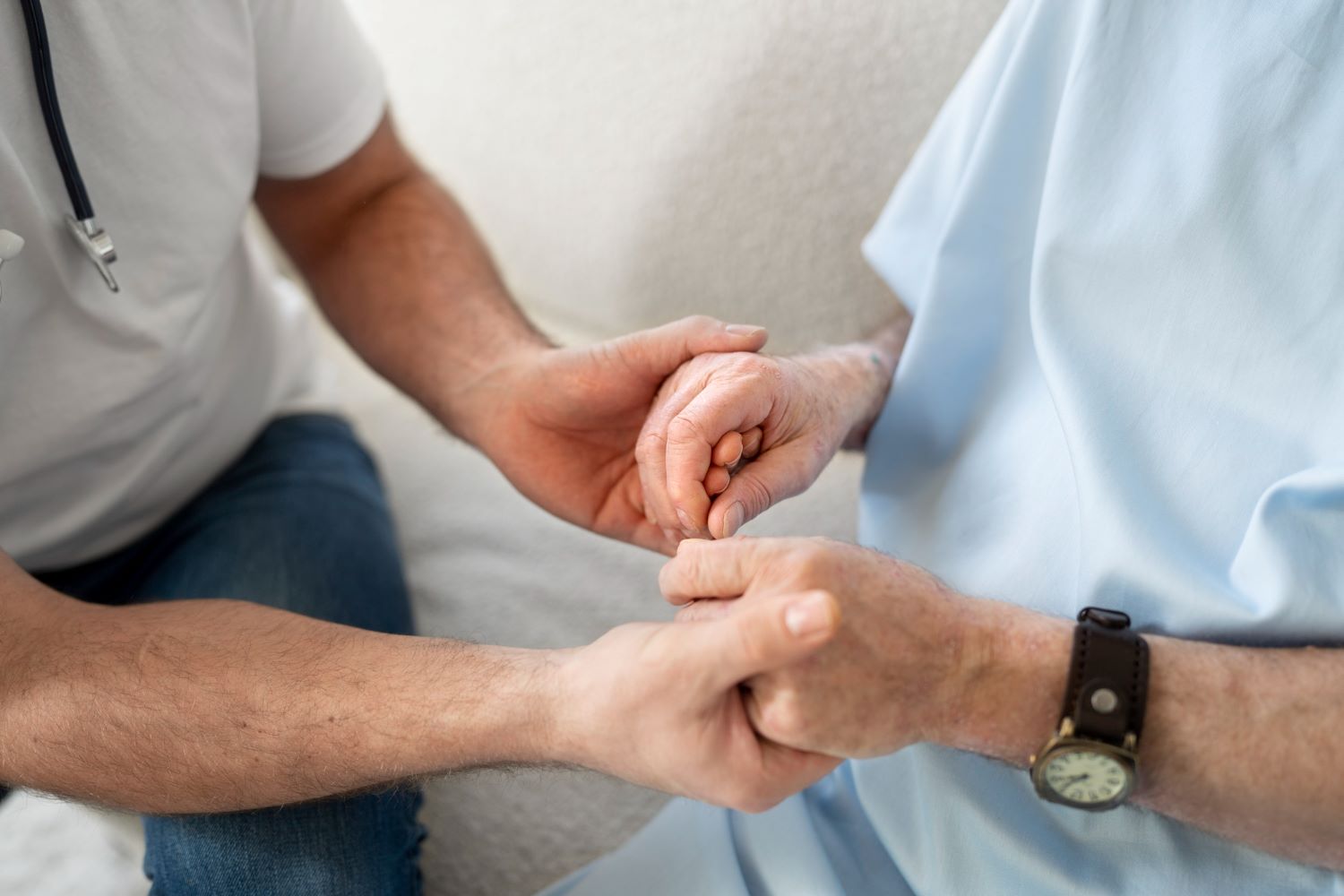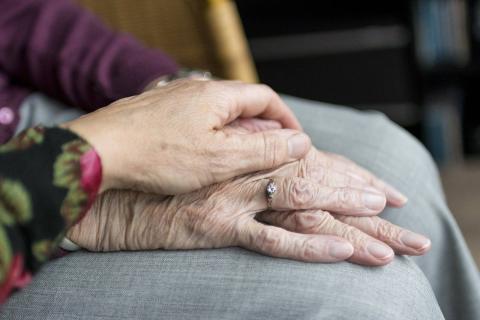Two clinical trials show safety of stem cell therapies against Parkinson's disease
Two independent clinical trials demonstrate the safety of stem cell therapies for Parkinson's disease. The papers, published in Nature, investigate the use of cells derived from human induced pluripotent stem cells and human embryonic stem cells, respectively. Parkinson's disease is characterised by the progressive loss of dopamine-producing neurons. Cell therapy, which replenishes dopamine-producing neurons in the brain, could provide a treatment with fewer adverse effects than current treatments. However, further research is needed to test the efficacy and benefits of these new therapies.

Rosario Sánchez - células madre párkinson EN
Rosario Sánchez Pernaute
Ikerbasque Research Professor, director of the Laboratory of Neural Reprogramming and Regeneration (Molecular Brain Lab) and assistant to the scientific director of the Health Research Institute Biobizkaia
Both studies come from groups that have a long and solid track record in the development of cells suitable for transplantation in Parkinsonian patients, with numerous in vitro and animal studies aimed at demonstrating the efficacy and safety of pluripotent cell-derived cell products in clinical applications that they have now tested in patients.
Both trials are open-label, with few patients (seven and 12), testing two doses and are well designed, safety studies (phase I, I/II) with exploration of indications of efficacy. Both are allogeneic with products derived from hES [human embryonic stem cells] or hIPSC [human induced pluripotent stem cells], respectively. Adverse effects are similar and no effects call into question the safety of the cell products under study.
Takahashi's group has used an iPSC line that is selected to be HLA-matched to 17% of the Japanese population to minimise rejection and to be used universally. In addition, they use a protocol that includes a selection of cells from the basal plate to avoid contamination with populations that can cause adverse effects, such as serotonergic neurons.
Interestingly, they have used in vivo monitoring of PET patients with different tracers to assess not only the survival of dopaminergic cells in transplantation (with fluorodopa), but also to assess proliferative cells and inflammatory reaction in transplanted patients.
At both the cell development and clinical levels, both studies use robust and validated methods and have been working for more than 10 years to achieve a safe and functional cell product for transplantation in Parkinson's disease. The surgical approach is similar and so is the immunosuppression regimen (15 months), although with some differences in the drugs used.
The American study is somewhat more preliminary, with data from seven patients with results at 18 months (somewhat short for this type of intervention) and the neuroimaging follow-up is limited to fluorodopa to see the dopaminergic cells in the transplant.
The most important limitations are acknowledged by both studies: the limited number of patients, the open-label nature of the trials, and the short follow-up time. At the clinical level, the studies demonstrate frankly limited efficacy (although not designed to study efficacy, both trials measure the effect on motor, quality of life and fluorodopa uptake scales) and the results are somewhat poor. The lack of correlation of motor outcome with the two doses used is notable, and it is possible that both studies were under-dosed considering the low survival of transplanted cells in previous studies, possibly due to fear of dyskinesias [involuntary movements] that occurred in the fetal cell trials.
Both point to the absence of transplant-induced dyskinesias, which was the major complication in the double-blind fetal cell studies. The Japanese study reports an increase in dyskinesias by levodopa which is consistent because they do not modify dopaminomimetic medication. Of some concern, however, is the discrete dopaminomimetic effect and the lack of correlation between motor scales and neuroimaging in both studies.
The studies are robust, report the results in a consistent and moderated manner, adequately discussing the limitations. In general, they are very well executed and very informative studies, especially the Japanese one by assessing in vivo progression with PET of inflammatory and cell proliferation parameters. They are positive and allow us to be optimistic but conditional on the results at somewhat longer times.
As in previous studies, discontinuation of immunosuppression does not seem to cause a loss of transplant benefit, but these are very preliminary results and with few patients, so the need to maintain immunosuppression is debatable.
Tabar et al.
- Research article
- Peer reviewed
- Clinical trial
- People
Sawamoto et al.
- Research article
- Peer reviewed
- Clinical trial
- People



